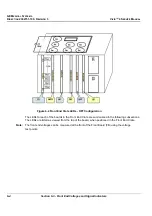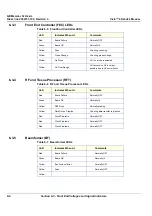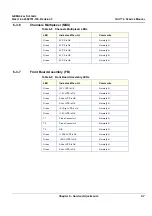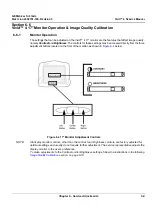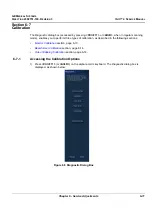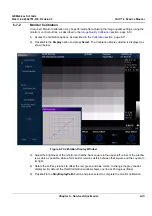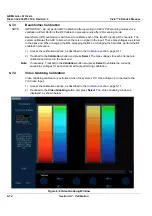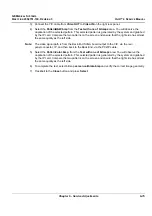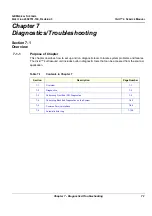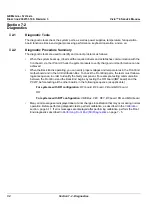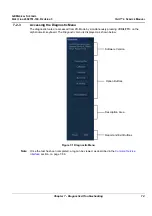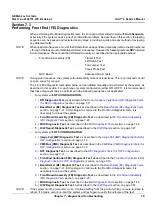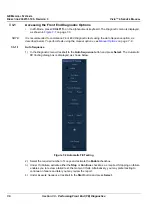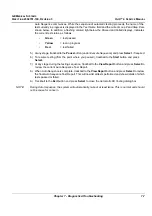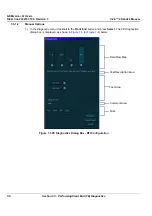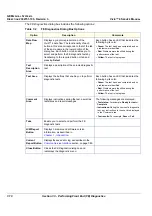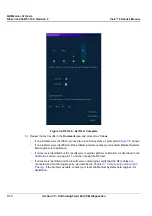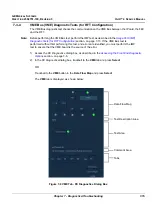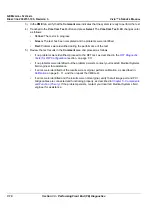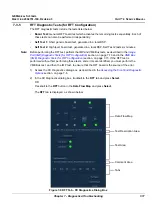
GE M
EDICAL
S
YSTEMS
D
IRECTION
2392751-100, R
EVISION
3
V
IVID
™ 4 S
ERVICE
M
ANUAL
7-2
Section 7-2 - Diagnostics
Section 7-2
Diagnostics
7-2-1
Diagnostic Tools
The diagnostic tools check the system parts, as well as power supplies, temperature, fan operation,
board functions, Back-end signal processing performance, keyboard operation, and so on.
7-2-2
Diagnostic Procedure Summary
The diagnostic tools are used to identify and correct problems as follows:
•
When the system boots up, it loads all the required drivers and establishes communication with the
front board, via the IP card. Check the system presets to verify that good unit performance can be
achieved.
•
When the Back End is operating, you can verify proper voltages and temperatures in the Front End
motherboard and in the AC Distribution Box. To check the Front End parts, the tests must follow a
logical sequence, in order to identify the faulty component. For example, testing communication
between the Front End and the Back End begins by testing the RFI board (IMP board) and the
PC2IP, before testing all the other boards, in the following sequence (as applicable):
For systems with RFI configuration
:
RFI board, BF board, FB and MUX board
OR
For systems with RFT configuration
:
VME Bus
,
FEC
,
RFT
,
BF board,
FB and
MUX board
.
•
Many error messages are displayed due to minor changes in calibration that may occur during normal
operation. Before performing diagnostic tests, perform calibration, as described in the
section, page 6-11. If error messages are displayed after performing calibration, perform the Front
End diagnostics described in


